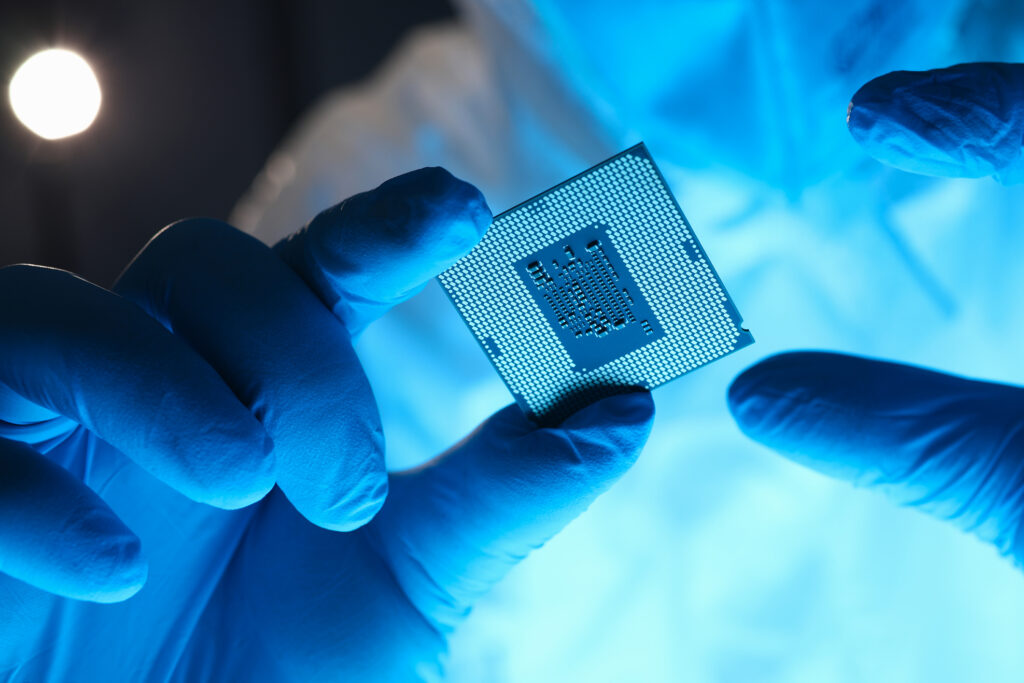
The United States learned the hard way what happens when you become reliant on imports for critical goods. It’s time to do something about it.
Americans often take supply chains for granted — until there’s a breakdown or disruptive event. It’s fair to say many more of us think about needing to stock up on toilet paper or secure plenty of masks to protect against infectious disease spread than we did just a year ago.
But for workers and producers, supply chains are a constant concern. Globalization, financialization, and just-in-time inventory management systems have created a fragile ecosystem for manufacturing. The system can work well when nothing goes wrong.
And in the real world, things go wrong.
We’ve been sounding the alarm for more than a decade about the need for more resilient and homegrown supply chains in the face of economic and national security concerns and to mitigate political risk abroad. As the COVID-19 pandemic has shown, America has become far too vulnerable because in some cases we are almost entirely dependent on imports—in many cases from strategic competitors like China—for critical goods.
Some examples:
- Up to 90 percent of personal protective equipment (PPE) for health care applications is imported, and nurses still report severe shortages.
- We are overly dependent on China, India, and other importers for active pharmaceutical ingredients, including lifesaving antibiotics.
- Ford and General Motors are cutting back production and shifts domestically due to a shortage of semiconductors.
- America’s handful of producers of armor plate and electrical steel face a constant barrage of dumped and subsidized imports.
So it is encouraging that President Biden and his administration are launching a 100-day comprehensive review of vulnerable supply chains, beginning with pharmaceuticals, batteries, personal protective equipment, and semiconductor chips, and then moving on to these six sectors for a year-long review: the defense industrial base; the public health and biological preparedness industrial base; the information and communications technology (ICT) industrial base; the energy sector industrial base; the transportation industrial base; and supply chains for agricultural commodities and food production.
I previously examined supply chain weaknesses in an op-ed for The New York Times last year. We’ve engaged senior military and homeland security leaders and experts for comprehensive reviews of supply chain vulnerabilities in the defense industrial base in the AAM reports Remaking American Security and Preparing for 21st Century Risks: Revitalizing American Manufacturing to Protect, Respond and Recover.
Of course, what matters the most in all of this is the policy change that will result. The lethal combination of dumped and subsidized imports and state-owned enterprise competition with our private sector firms has eroded our domestic manufacturing base over the past several decades. Rebuilding it in a way that can be flexible, resilient, and globally competitive will take more than a tweak here and there.
We must dramatically upscale our investments in infrastructure, innovation, and the workforce. We must provide our firms through incentives and deterrents a path to invest more in American production, as opposed to offshore tax havens or their wealthiest shareholders. We must leverage our public procurement policies, as the Biden administration has said it will do, to create domestic markets for these essential goods. Our trade policy must find balance and enable industries to find new export markets abroad while returning high-value production to our shores. No small task, but the administration is likely to find strong allies on Capitol Hill for such efforts.
Time is of the essence. In some cases—think for instance smartphone production—we will have to launch new industries from the ground floor, as we do not make a single mass-market smartphone in America. Or play catch up with China, which already controls 70 percent of the global lithium-ion battery market.
Fools errand? Hardly. From our earliest days as a nation, leaders like George Washington and Alexander Hamilton envisioned America as a manufacturing powerhouse, which ultimately held to define our global rise for generations. They knew it would take public policies to realize that goal. Now it’s Biden’s turn to show skill with the quill.
